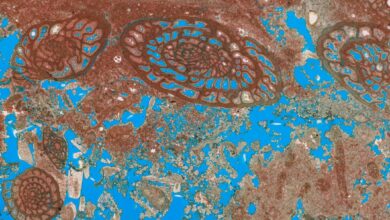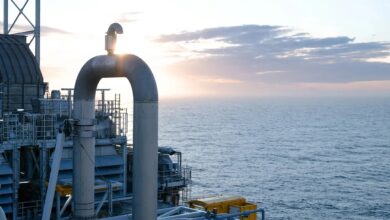Regional leaders converge at Jakarta conference to share ideas for the future
The opening ceremony was followed by a keynote session featuring a diverse panel of speakers sharing their views on the conference theme, “Drilling Technology to Address Future Energy Demand and Environmental Challenges.” Dr Abdul Muin, vice chairman of the Government Executive Agency for Upstream Oil and Gas Business Activities (BPMIGAS), set the stage by describing in detail the status of Indonesia’s oil and gas industry, highlighting the many challenges and opportunities.
Zuhair Al-Hussain, executive director, drilling and workover for Saudi Aramco, focused on the coordinated application of new technology, including the use of “maximum reservoir contact” wells. He illustrated how technology innovation has dramatically reduced the number of wells required to meet production targets.
Pak Hertriono Kartowisastro, managing director and president of PT Apexindo Pratama Duta Tbk, shared his perspective on the importance of pursuing geothermal energy to meet Indonesia’s and the world’s energy needs. Positioned on the “Pacific ring of fire,” the country is poised to take a lead role in developing and deploying the technologies necessary to exploit this important resourse.
Returning to more traditional energy sources, Trond Røsbak, head of drilling and wells for StatoilHydro Indonesia, described the numerous challenges waiting in the country’s deepwater areas. His presentation underscored the need for collaboration, saying that “close cooperation with partners, drilling contractors and service companies will be crucial in the future.”
Imran Kizilbash, president of Schlumberger Reservoir Characterization Group, rounded out the session with his presentation, titled “Future Drilling Technology – An Integrated Approach.” Mr Kizilbash illustrated the need for advanced drilling technology by pointing out that intensified drilling campaigns alone are not sufficient to slow production declines. The “treadmill effect” of increases in drilling activity must be augmented by application of new technology designed to facilitate today’s more complex wells.




